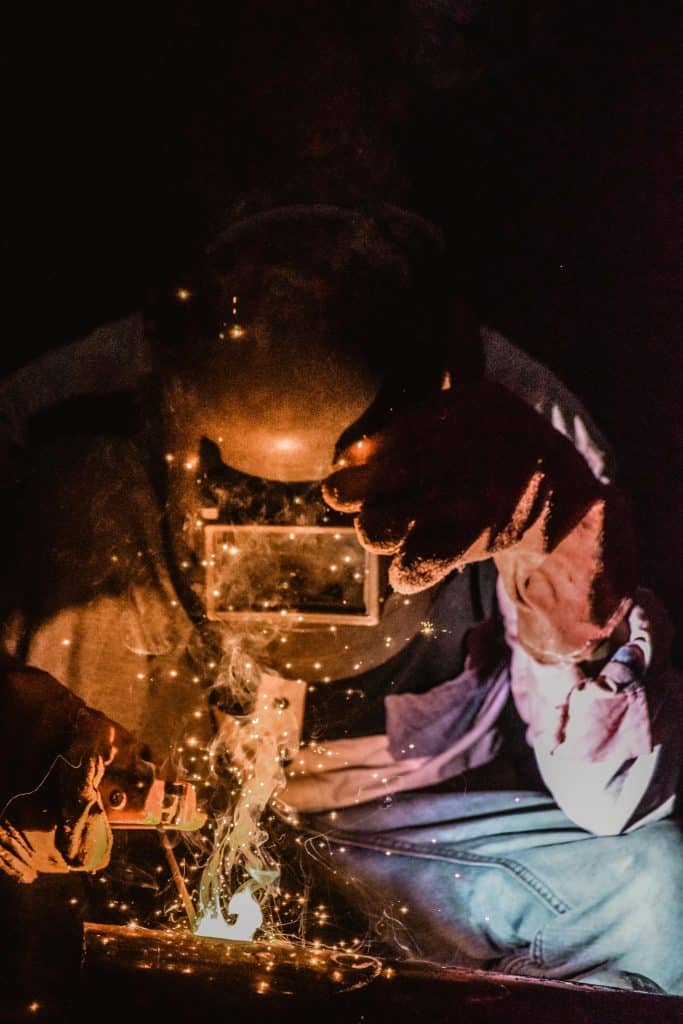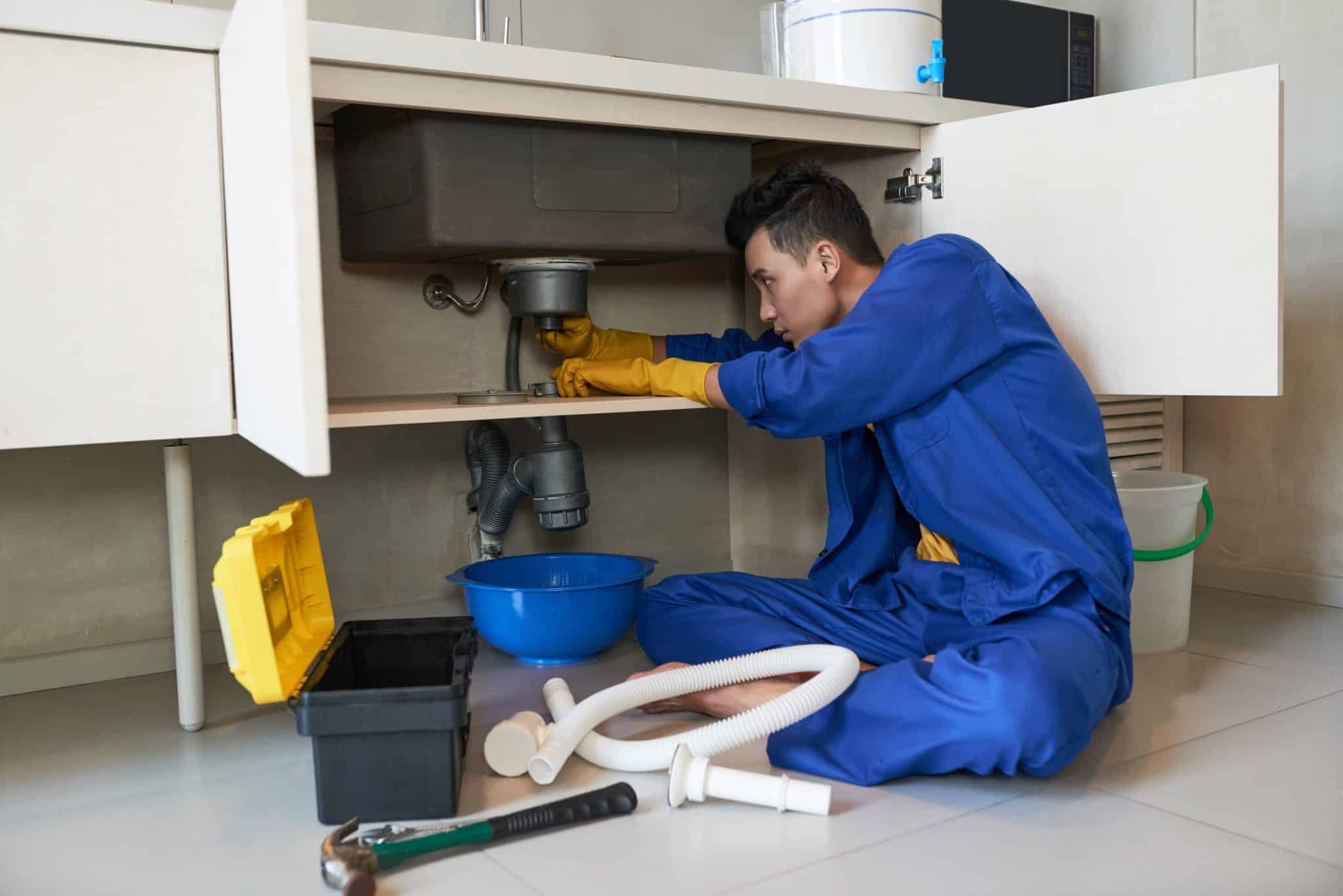In the world of welding Gold Coast, understanding the materials involved is one of the most critical aspects of achieving a strong, durable, and visually clean weld. Whether the project involves structural fabrication, automotive repairs, or precision manufacturing, the choice of metals, alloys, and filler rods plays a defining role in the overall outcome. A welder’s expertise lies not just in skillful technique but also in knowing how different materials behave under heat, pressure, and stress.

The Importance of Material Knowledge in Welding
Every welding job begins with the materials. The type of metal being joined determines the welding method, filler rod selection, and required protective gases. Misunderstanding these factors can lead to weak joints, corrosion, and premature failure. Therefore, mastering material science is as essential to welding as understanding the mechanics of the torch or machine.
The main categories of materials used in welding include ferrous metals, non-ferrous metals, and metal alloys. Each category has unique properties that influence how it reacts to heat and fusion.
Ferrous Metals: Strength and Versatility
Ferrous metals, which contain iron, are the most common materials in welding. They are valued for their strength, durability, and magnetic properties. The two main types are carbon steel and stainless steel.
- Carbon Steel: Often used in construction and heavy fabrication, carbon steel is easy to weld and offers strong, reliable joints. However, it is prone to rust and requires surface protection such as paint or galvanization.
- Stainless Steel: Recognized for its corrosion resistance, stainless steel is popular in environments exposed to moisture or chemicals. It requires precise control of heat to prevent discoloration and maintain its structural integrity.
Working with ferrous metals requires attention to preheating, post-weld cooling, and electrode selection to reduce the risk of cracking or warping.
Non-Ferrous Metals: Lightweight and Corrosion-Resistant
Non-ferrous metals do not contain iron, making them lighter and more corrosion-resistant. Common examples include aluminum, copper, and nickel.
- Aluminum: Widely used in automotive, aerospace, and marine applications, aluminum’s lightweight and high conductivity make it ideal for projects requiring strength without excess weight. It demands clean surfaces and controlled heat input to prevent porosity.
- Copper: Known for its electrical and thermal conductivity, copper is often used in electrical components. Its high melting point and tendency to oxidize require specific filler materials and shielding gases.
- Nickel and Its Alloys: Used in high-temperature and corrosive environments, nickel alloys offer excellent resistance to wear and oxidation. They are common in chemical plants, power generation, and industrial machinery.
Each of these materials poses unique challenges that require different welding approaches and filler rods.
Alloys: Blending Performance and Durability
Alloys are combinations of two or more metals designed to enhance specific properties such as strength, flexibility, or corrosion resistance. Examples include brass (copper and zinc), bronze (copper and tin), and Inconel (nickel-based alloy).
Welding alloys can be complex due to variations in melting points and chemical composition. For instance, welding dissimilar alloys requires careful selection of filler rod to avoid brittleness or cracking. Advanced techniques like TIG welding are often preferred for precision and control when working with specialized alloys.
Filler Rods: The Key to a Strong Weld
The filler rod—sometimes called a welding electrode—is the unsung hero of every weld. It provides the additional material needed to fuse two metal pieces and can significantly affect the weld’s strength, appearance, and corrosion resistance.
Choosing the right filler rod depends on:
- Base Metal Compatibility: The filler must closely match or complement the base metal’s properties.
- Mechanical Requirements: Projects requiring high tensile strength or ductility need filler materials formulated for those conditions.
- Corrosion Resistance: For metals exposed to harsh environments, filler rods with added chromium, nickel, or molybdenum can enhance longevity.
Common types include ER70S-6 for carbon steel, ER308L for stainless steel, and ER4043 for aluminum. Using the wrong filler can result in weak welds, poor appearance, and premature failure under stress.
The Science of Compatibility and Performance
Beyond matching filler and base materials, understanding thermal expansion, melting temperature, and chemical composition ensures a quality weld. When metals expand or contract unevenly during heating and cooling, stress forms in the joint, which can lead to cracks. Proper preparation, preheating, and controlled cooling help minimize these risks.
Additionally, shielding gases such as argon or carbon dioxide protect the weld pool from oxidation, improving fusion and preventing defects. This is especially vital when welding reactive metals like aluminum or titanium.
Conclusion: Mastering Materials for Lasting Results
Successful welding depends as much on material knowledge as on technical skill. From understanding the nuances of ferrous and non-ferrous metals to selecting the right filler rod, each decision contributes to the weld’s strength, appearance, and longevity. Professionals who take the time to study how materials behave under heat and stress produce work that not only meets but exceeds industry standards.
In every project—from industrial fabrication to fine-detail repairs—expert welders who prioritize proper material selection set the benchmark for quality and performance. Whether for structural strength or precision artistry, welding is as much a science as it is a craft. Those who master both can deliver exceptional results that stand the test of time—true craftsmanship that defines excellence in welding Gold Coast.


